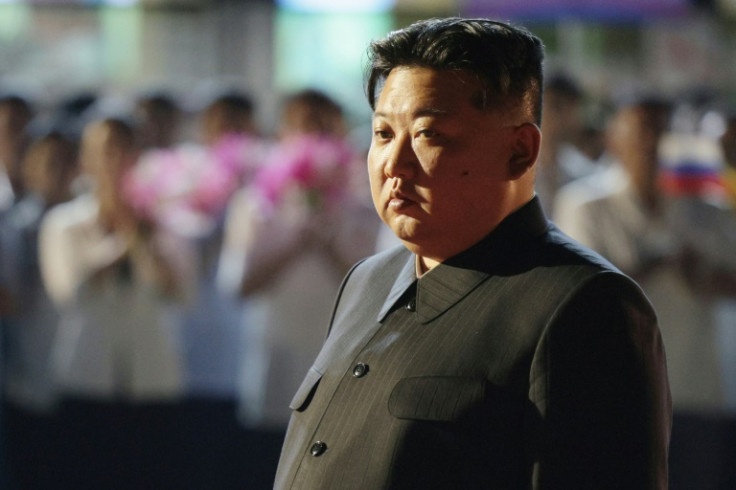
North Korea test-fired a new and more powerful intercontinental ballistic missile Thursday for the first time in a year that reached an altitude of 4,350 miles - higher than previous launches - a potential advancement in its goal to attack the mainland U.S., according to reports.
Shin Seung-ki, head of research on North Korea's military at the state-run Korea Institute for Defense Analyses, said North Korea was likely testing improved booster performance of an existing ICBM, noting that Russia provided assistance, Reuters reported
"North Korea will want to keep getting help like this, because it saves time and costs while improving performance and upgrading the stability of its weapons system," he said, Reuters reported.
The missile flew for 86 minutes and reached an altitude of 4,350 miles, the longest flight ever for a North Korean rocket, Japanese Defense Minister Gen Nakatani told reporters, the Associated Press reported.
The fact that the ICBM flew higher and longer than other launches indicates an improvement in the missile's engine thrust, the AP reported.
Unlike rockets with liquid propellants, missiles with solid propellants are easier to move and hide and can be fired faster.
North Korea's last ICBM, a Hwasong-18 launched in December 2023, which was fueled with a solid-propellant, was also fired at a steep angle and flew for 73 minutes, meaning it had a range of more than 9,000 miles, far enough to reach the U.S., Reuters reported.
While previous ICBM tests have shown that North Korea can reach the U.S. mainland, Thursday's launch was likely testing whether a missile can carry a larger warhead, the wire service said, citing experts.
Pyongyang could have tested a new, solid-fueled long-range missile on a steep angle to avoid the political fallout of flying over neighboring countries, the report said.
Jung Chang Wook, head of the Korea Defense Study Forum think tank in Seoul, said it's likely that the new ICBM could deliver North Korea's biggest and most destructive warhead, the AP reported.
North Korea's Kim Jong Un ordered the test-firing and monitored its launch, state media outlet Korean Central News Agency reported.
In the statement, Kim called the launch an "appropriate military action" that "constitutes an indispensable process in the course of constantly developing our state's strategic attack forces."
"As recently witnessed by us, the rivals' dangerous tightening of their nuclear alliance and various adventuristic military maneuvers go to further highlight the importance of strengthening our nuclear forces," the statement said.
The launch comes a day after Defense Secretary Lloyd Austin met with his South Korea counterpart, Kim Yong Hyun, in Washington, D.C., to bolster the alliance between the two countries and criticize North Korea's sending troops to Russia to fight in the Ukraine war.
"I assured Minister Kim today that the United States remains fully committed to the defense of the ROK and our extended deterrence commitment remains ironclad," Austin said, referring to South Korea's official name, the Republic of Korea.
"That commitment is backed by the full range of America's conventional missile defense, nuclear and advanced non-nuclear capabilities," he said.







